Part Four of a five-part series on Bob Kerrey’s tenure as president of The New School.
A giant hole sits on Fifth Avenue between 13th and 14th Streets. Cranes tower over the tall grey walls like giant yellow fingers scratching at the earth. Eventually a 16-story, 354,000-square-foot brass-and-glass building will grow out of the dusty pit. At $350 million it will be the largest and the costliest construction project in The New School’s 91-year history. And more than anything this building, the University Center, will be a testament to the gravitas that Bob Kerrey brought to the presidency of The New School.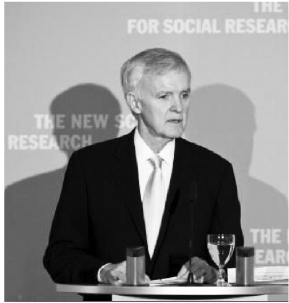
Kerrey was integral to the process from its initial stages and, when it’s complete, it will likely stand as his most visible legacy. Despite setbacks, Kerrey was able to draw on his fundraising abilities and his high-profile connections to ensure that the University Center will be built.
In 2006, Skidmore, Owings and Merrill, the prominent Chicago-based architectural firm that built Willis Tower in Chicago and is now working on One World Trade Center, provided The New School their final plans for a new building to replace the old New School for Social Research building, an erstwhile department store standing since the 1950s, and build in its place a 17-story glass tower. It was to be massive at 500,000 square feet and some 300 feet tall — 50 feet taller than 1 Fifth Ave., the tallest in the neighborhood. In the plans, the exterior was a shimmering slate of purple glass that glowed in the night as bright lights poured from within out onto the street. It would rise with a sheer exterior from the lot line without any setbacks, which are common to most buildings in the area. The Greenwich Village community hated it.
“Fear and loathing of what they see as the building’s more radical design elements have united the local community against the building,” wrote Gabriel Zucker in a July 2008 Villager article.
“The building will be enormous; this is much larger than anything anyone would have imagined,” said Andrew Berman, executive director of the Greenwich Village Society for Historical Preservation, in the same Villager article. “Our biggest concern is that the original design showed an all-glass office building aesthetic, which we do not think is really the right one for this location.”
The university pursued the design as long as possible, but in 2008 the project took a severe hit. As the international economy began to slip, rising construction costs caught up to The New School.
“Between 2004 and 2008, construction costs rose 10 and 15 percent a year, which is very drastic,” Gartner said. “The cost of this project kept growing just by virtue of the business being more and more expensive.” In a November 2007 post, Curbed, a prominent real-estate blog, said that the the building was rumored to cost around $500 million.
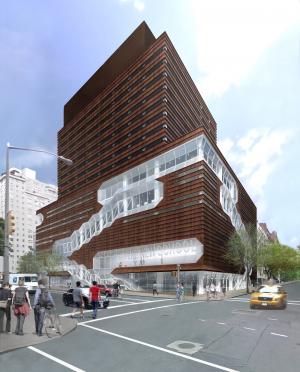
In order to keep track of rising costs The New School kept commissioning cost estimates for the project. “By 2008, it became clear that the large building was no longer affordable,” Gartner added. “It got to a point when there was one more estimate that said this is getting too expensive.”
For about a year between March 2008 to February 2009 The New School remained silent about the project. In the vacuum many speculated that the university was in financial turmoil and that the university center wouldn’t get built.
“As August nears and the school still has not finalized designs for the building at 14th Street and Fifth Avenue, opponents of the project are taking a cautious breather,” Zucker wrote in the July 2008 Villager article.
“On some level, we take that as good news,” Brad Hoylman, chairperson of Community Board 2, said in the same article.
At last at a Community Board 2 meeting on February 27, 2009, The New School announced that the first plan was officially off the table. The economy and rising costs had caught up to the university. To make matters worse, The New School needed to apply for zoning variances from Community Board 2, which required popular support to pass and funding to pay for, two things they didn’t have.
“I’ve built lots of things in my life and rarely they’ve moved in a straight line where there’s no interruptions, no changes, no surprises,” Kerrey told the Free Press in a September 2008 article.
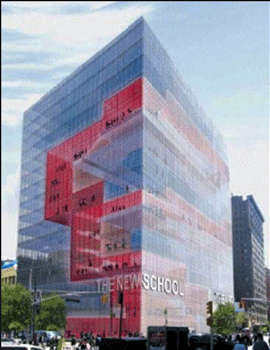
Gartner said they never had to start over and characterized the process as “evolutionary.” “Many many scenarios were analyzed,” Gartner said. “It doesn’t really ever start from scratch because there are all these elements that need to go in this building.”
Then, in May 2010, The New School unveiled the new plan for the building. It was still impressive, rising high above the street, but with key changes. Instead of an unbroken facade, the building will have “setbacks,” like stack of shimmering brown Legos.
The Villager, a neighborhood weekly newspaper, supported the new plans in an March 2009 editorial entitled “A Better Building.” “In short, the new building is much better,” the editors argued. “It doesn’t glow in the dark. It’s smaller and it has setbacks where they should be. Also on the positive side, it will be energy efficient, and its auditorium will sometimes be open for public and community events.”
From the beginning, the building was intended to be a high profile project that would nudge The New School into a new stratum of notoriety. “As The New School’s president, former Senator Bob Kerrey had helped raise the school’s profile, and the building fit with the school’s new sense of itself,” The Villager wrote in its editorial. It was often referred to as the university’s “signature building,” a term used in conversations about the project until it was more commonly referred to as “the University Center. “
Even with the new and cheaper blueprint, The New School hadn’t escaped the specter of the costly real estate market and made some decisions that struck some faculty and students as ethically dubious. In 2009, the university’s board of trustees concluded that the contracts they had signed with, Tishman Construction and the Durst Organization, two New York construction giants, didn’t violate conflict of interest rules. The contracts had come into question because John Tishman and Douglas Durst, the former heads of their respective companies, served on The New School’s board of trustees and continued to serve on the corporate boards of the respective two firms to which the contracts had been awarded.
The board determined that the contracts didn’t violate conflict of interest guidelines, which state, “Where there has been a competitive process and where this selected provider has submitted the lowest bid the situation may be approved without the need for sub-committee review,” and doesn’t constitute a conflict of interest.
But, in a September 2009 Free Press article, a university spokesperson wouldn’t comment on whether or not other bids for the contracts were considered. “Economically, we got a substantial benefit by using their services,” said Deborah Kirshner, a communications and external affairs press contact.
In an October 2009 Free Press article, Bevis Longsterth, chairman of the board of trustees, said that the university hired two outside consulting firms, Karen Backus & Associates and the law firm Simpson Thacher, to discuss contracting Durst and Tishman. “We got that information and thought about it and, in each case, got the best deal we could have asked for,” Longstreth said. “We’re dealing with the crème de la crème and they happen to be connected.”
The signature building project was never meant to be anything but high profile and the two developers, Durst and Tishman fit into that. Kerrey was integral in drawing on his extensive connections to raise funds and draw big names to the project, but his often mercurial personality frustrated many throughout the process.
According to a 2008 New York Times article, Kerrey created a mini scandal in 2004 when he reportedly offered the renowned architect Frank Gehry the commission to design the University Center only to hire Skidmore, Owings and Merrill a short-while later.
“He stood up at the dinner and talked all about how I was going to design this great new building,” Gehry told The Times. “I was very excited. It is a block long and a great site.”
Kerrey denied Gehry’s claim. “I don’t know what Frank Gehry was smoking, oh my God,” Kerrey said in a February 2009 New York Magazine article. “There were like 100 witnesses at that dinner.”
For Kerrey, the project was about raising the university’s profile. But it was also about repositioning it as an undergraduate institution. Those close to the project have all said that Kerrey wanted the building to be an undergraduate facility. Many of his proposals for the site, whether they made it into the final plan or not, were geared toward promoting undergraduate culture.
“Bob has always wanted this to be a place for undergraduates, a place to compensate for all the ways in which this campus lacked gathering space,” Gartner said. “His particular interest was always in physical education, in a gym. He thought that was a defining function of a campus, to have an athletic facility of some sort.” His plan for a gym never made it into the final drafts of the building.
To many, the plans for the new building hit a sore spot. The new building is being built over the remains of the old, a primarily graduate facility. It’s the most visible sign of a shift in university priorities from graduate to undergraduate education. This shift became controversial in 2008 when the university closed the building and all classes and faculty offices were moved out. Space became a point of contention and in December 2008, students and faculty renewed their calls for Kerrey’s ouster.

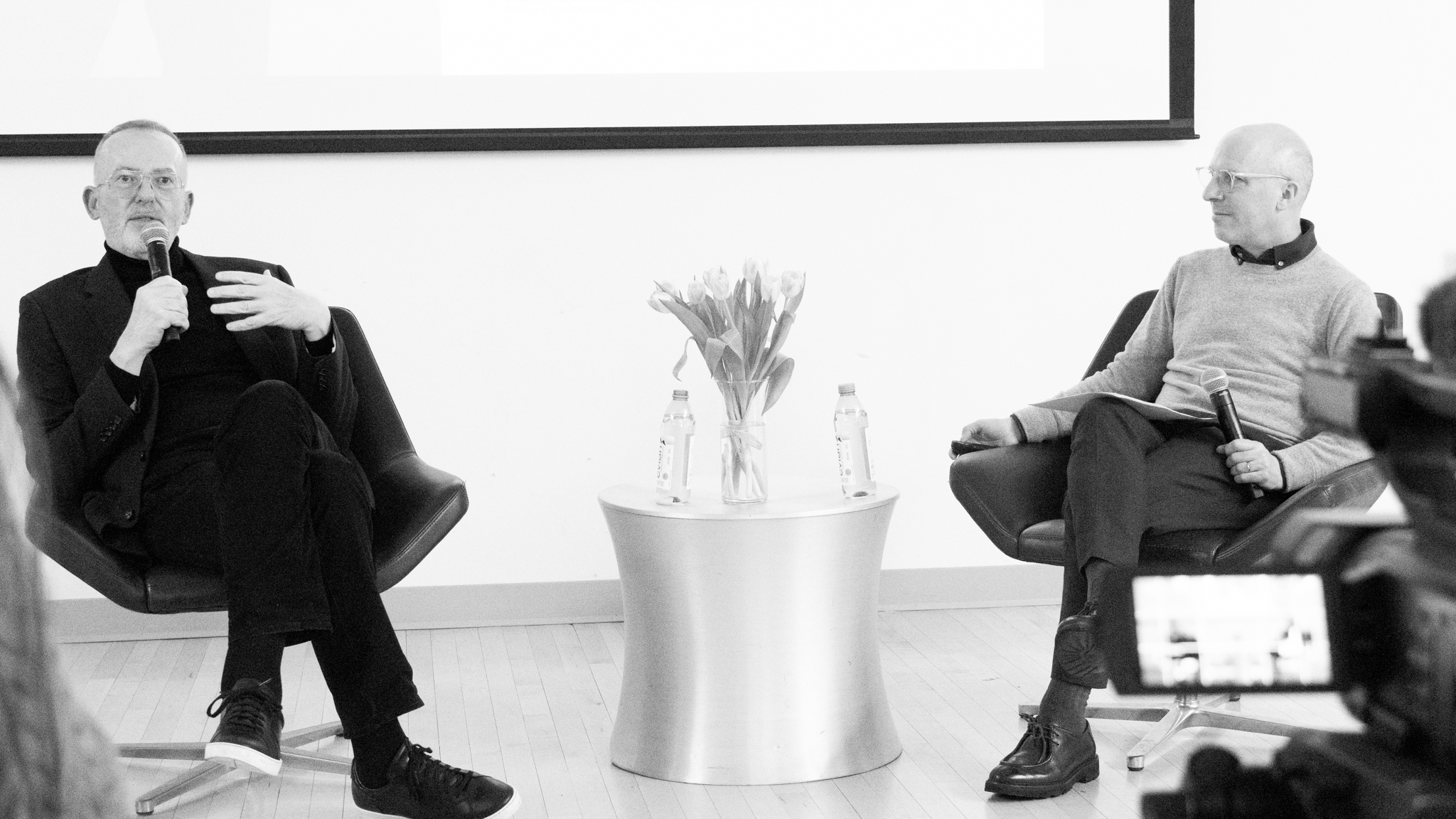


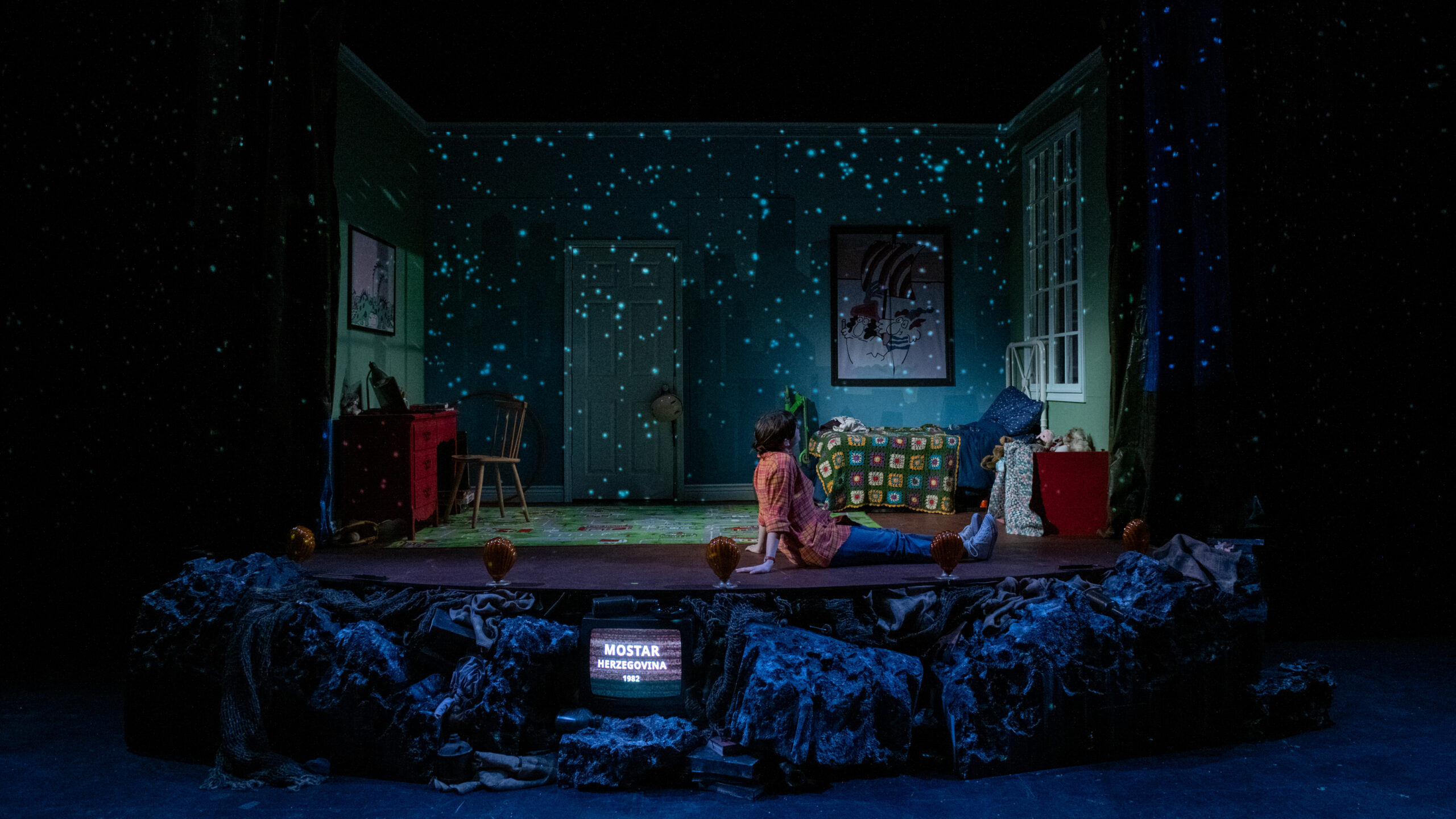
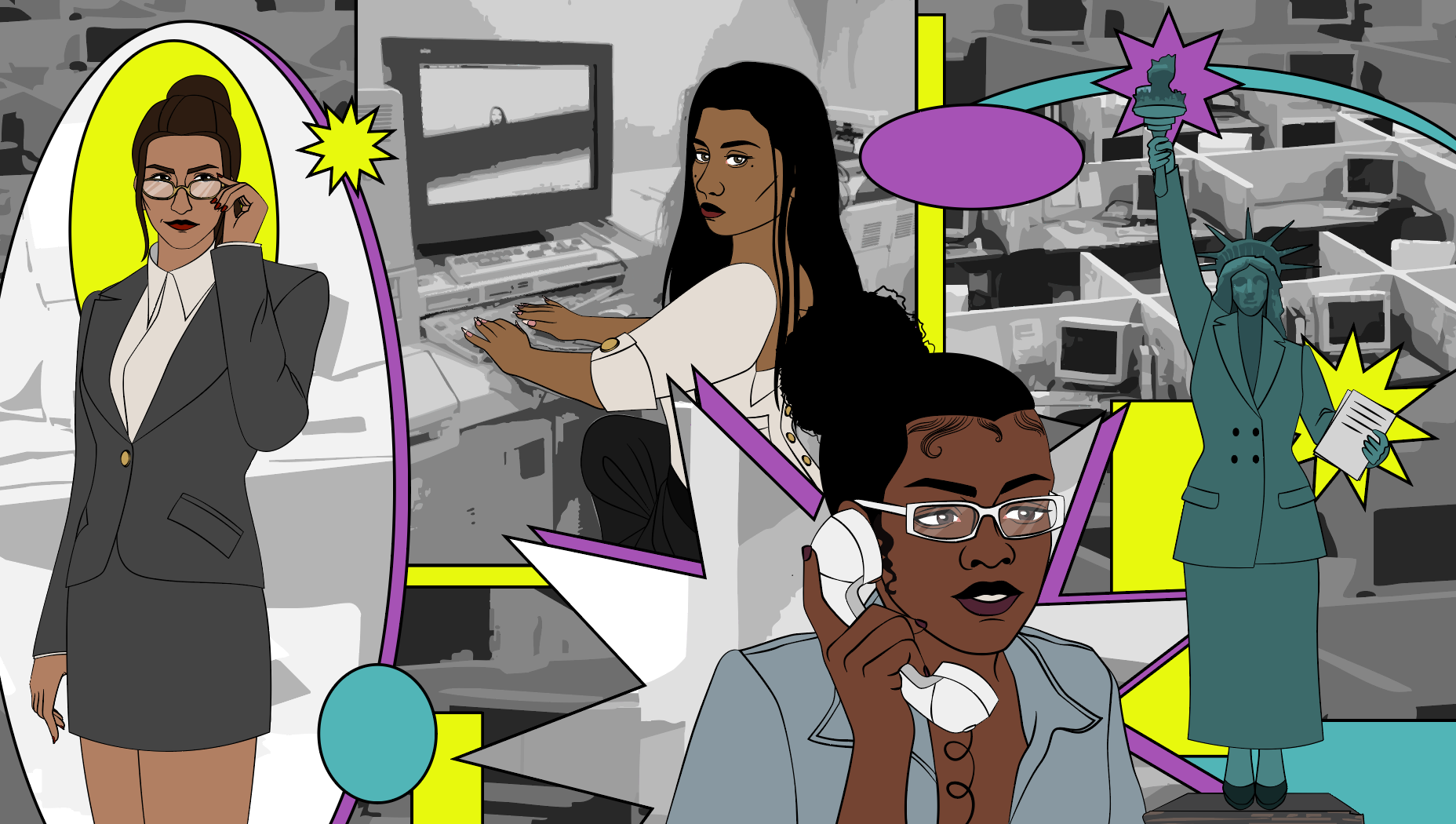

Leave a Reply